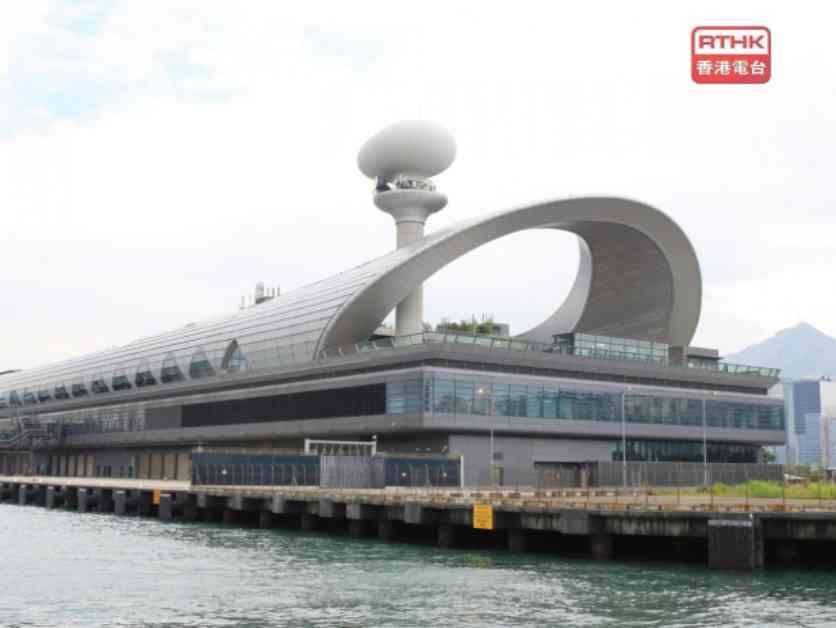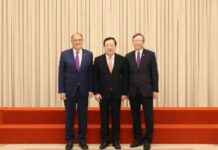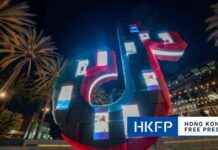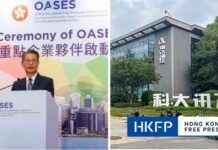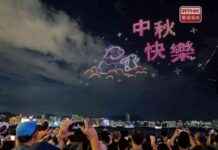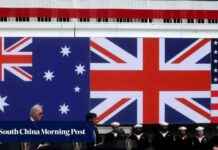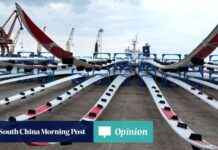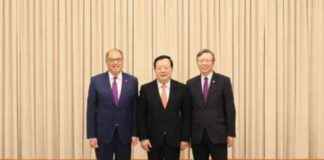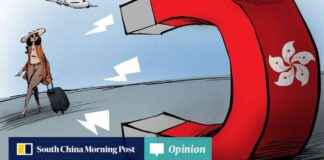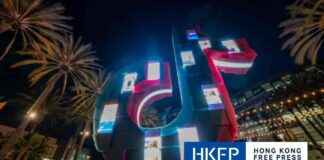Culture and tourism minister Kevin Yeung mentioned during a Legco meeting that efforts will be made to encourage event organizers to utilize the Kai Tak Cruise Terminal. Lawmaker Chan Yuet-ming raised concerns about the lack of business activity near the terminal, especially when compared to the bustling Ocean Terminal in Tsim Sha Tsui. Yeung responded by stating that the two facilities serve different purposes and that transforming the Kai Tak Cruise Terminal for commercial use would require a significant overhaul.
Despite the challenges, Yeung emphasized that the authorities are committed to maximizing the potential of the terminal and attracting local residents to explore the area. He acknowledged that cruise ships may not dock at the terminal every day, leaving opportunities to host exhibitions and large-scale events on off-days. However, he highlighted the constraint of only having a few consecutive days without cruises, limiting the range of events that can be organized.
DAB lawmaker Edward Leung proposed the idea of constructing helipads at the terminal to stimulate the low-altitude economy. The goal is to enhance the cruise economy by offering helicopter rides to tourists visiting Hong Kong, providing them with aerial views of Victoria Harbour or access to the Geopark. Yeung mentioned that the government is exploring the possibility of adding new facilities to the site, but emphasized the need to assess technical feasibility, such as the load-bearing capacity of the terminal.
In addition to hosting events and building helipads, there is potential for further development at the Kai Tak Cruise Terminal. One option could be to explore partnerships with local businesses or organizations to create unique experiences for visitors. For example, collaborations with art galleries, museums, or performing arts groups could enhance the cultural offerings at the terminal and attract a diverse audience. By diversifying the range of activities available, the terminal can become a vibrant hub for entertainment, leisure, and tourism.
Furthermore, promoting the Kai Tak Cruise Terminal as a multifunctional venue for events beyond traditional cruise activities could help drive foot traffic and stimulate economic growth in the surrounding area. By leveraging the waterfront location and modern facilities of the terminal, organizers can create memorable experiences that draw both locals and tourists alike. This approach aligns with the government’s efforts to revitalize the district and establish the terminal as a dynamic destination for leisure, entertainment, and cultural exchange.
Overall, maximizing the potential of the Kai Tak Cruise Terminal requires a strategic approach that balances commercial interests with community engagement and cultural enrichment. By fostering collaboration between stakeholders, exploring innovative ideas for development, and leveraging the unique features of the terminal, Hong Kong can establish a thriving and sustainable hub for events, entertainment, and tourism. The future of the Kai Tak Cruise Terminal lies in its ability to adapt to changing trends, embrace creativity, and offer memorable experiences that resonate with visitors from near and far.
